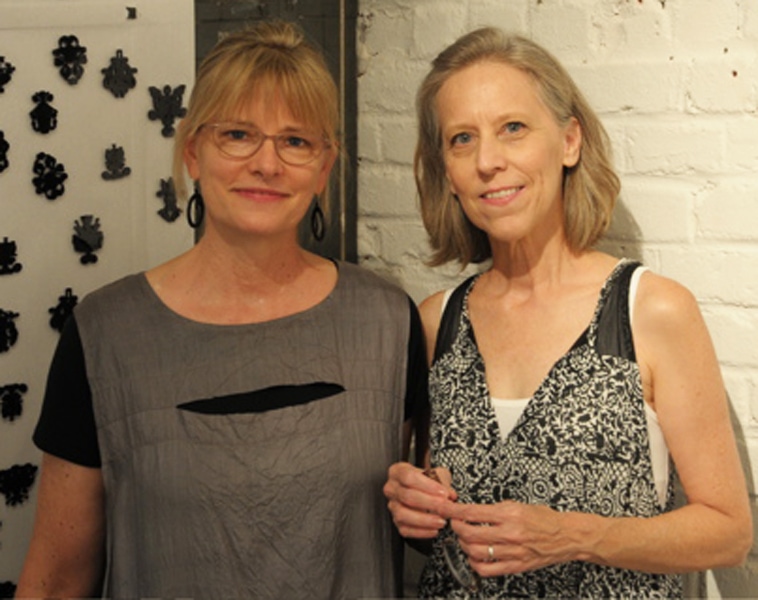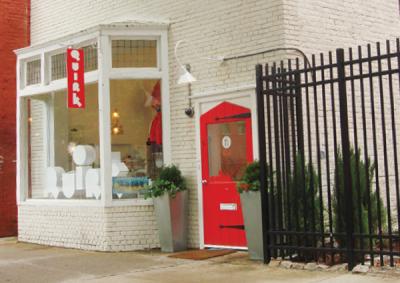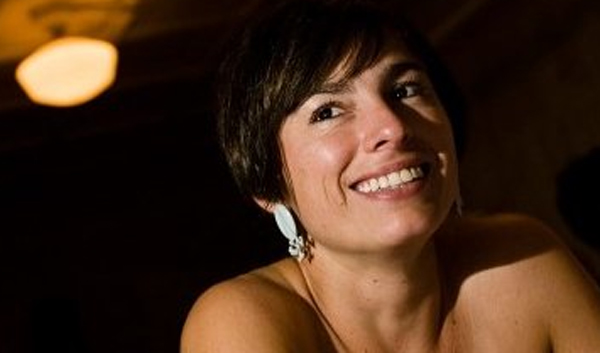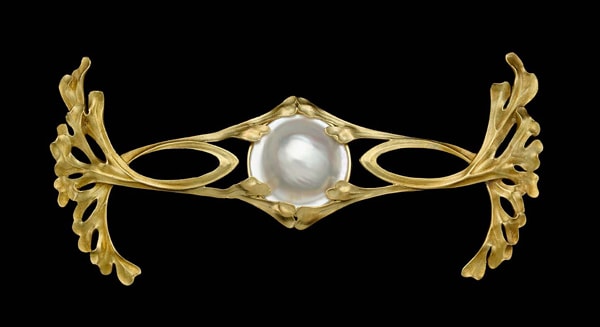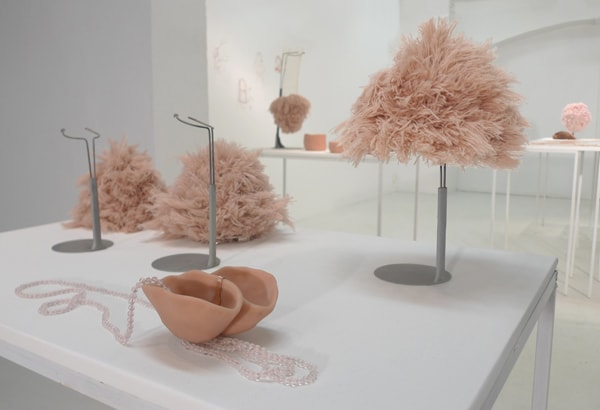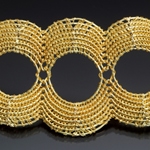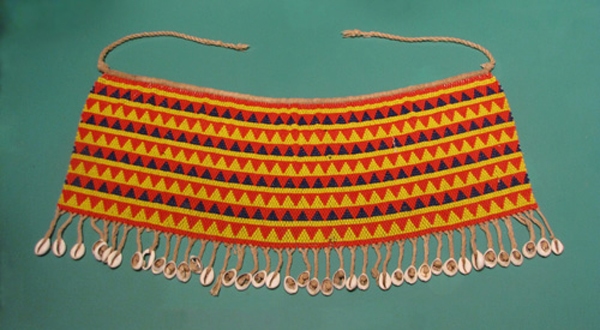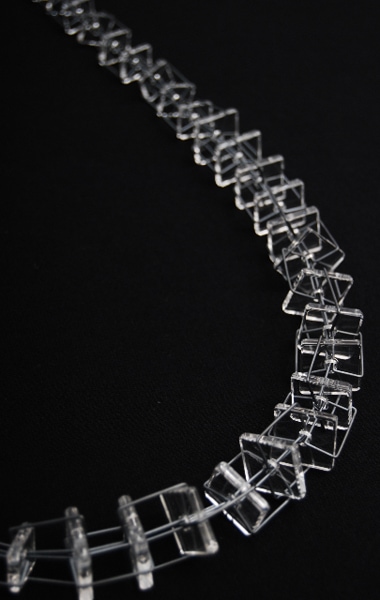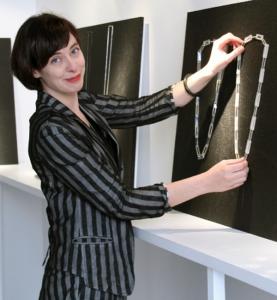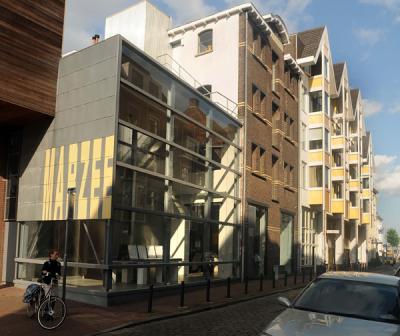 Envision a four-storey high jewelry gallery. It seems mythological and is hard to imagine but Galerie Marzee is proof that it can exist. The owner, Marie-Jose van den Hout, has an ambitious vision for her gallery. It was founded in 1978, moved into the current building in 1995 and since then has specialized in presenting contemporary jewelry at the highest levels. While sipping on her beloved Illy espresso she answered some questions for the AJF blog. She often runs several solo shows at once and in July I picked out the artist Antje Bräuer from Germany to interview. Her work was especially mysterious.
Envision a four-storey high jewelry gallery. It seems mythological and is hard to imagine but Galerie Marzee is proof that it can exist. The owner, Marie-Jose van den Hout, has an ambitious vision for her gallery. It was founded in 1978, moved into the current building in 1995 and since then has specialized in presenting contemporary jewelry at the highest levels. While sipping on her beloved Illy espresso she answered some questions for the AJF blog. She often runs several solo shows at once and in July I picked out the artist Antje Bräuer from Germany to interview. Her work was especially mysterious.
Susan Cummins: Marie- Jose, what led you to create a four-storey high jewelry gallery in a smallish town in the middle of the Netherlands?
Marie Jose Van Den Hout: Well, I started my gallery in Nijmegen. This is my second move and my third building. The Town Council of Nijmegen wanted to create a cultural destination for this building and asked me if I was interested. I would never be able to get a building like this anywhere else in Holland. Actually, the original intent for the building was for it to be demolished and sold to Holiday Inn to build a hotel, but the Town Council decided otherwise. When I bought the space it was a mere skeleton. Bert Dirrix, the architect I hired to shape the gallery, designed some museums. We chose simple materials – concrete, glass and steel – and kept the original walls. Traces of its former life as a grain warehouse still remain in the building today. Above all, I wanted to give the jewelry room to breathe, in the same way that any fine art gallery would display their works of art. With Marzee, my original intention was to display jewelry alongside the different disciplines of art and design. But I found that people tend to take you more seriously if you specialize. Now that I have made a name for myself, I collaborate with the largest fine arts gallery in Holland, Nouvelles Images. We exchange exhibitions – I receive work from, say, a sculptor and they receive work by a jeweler – so that in the end I am able to achieve the diversity I always aspired to represent.
